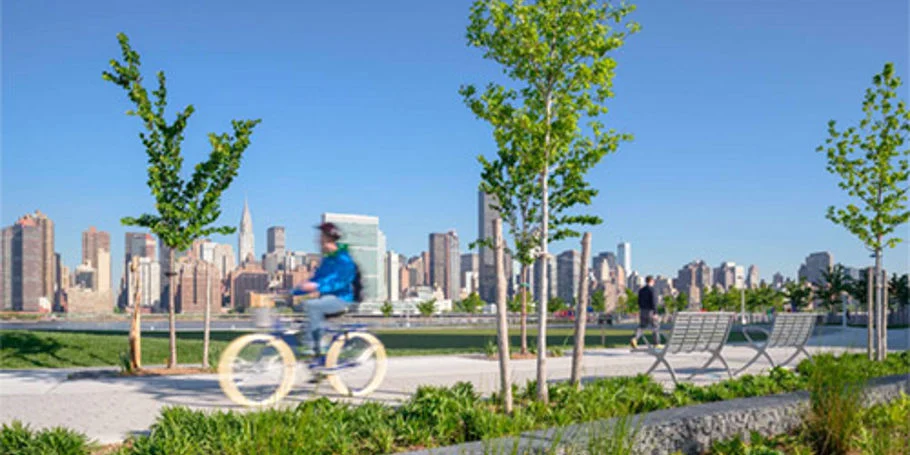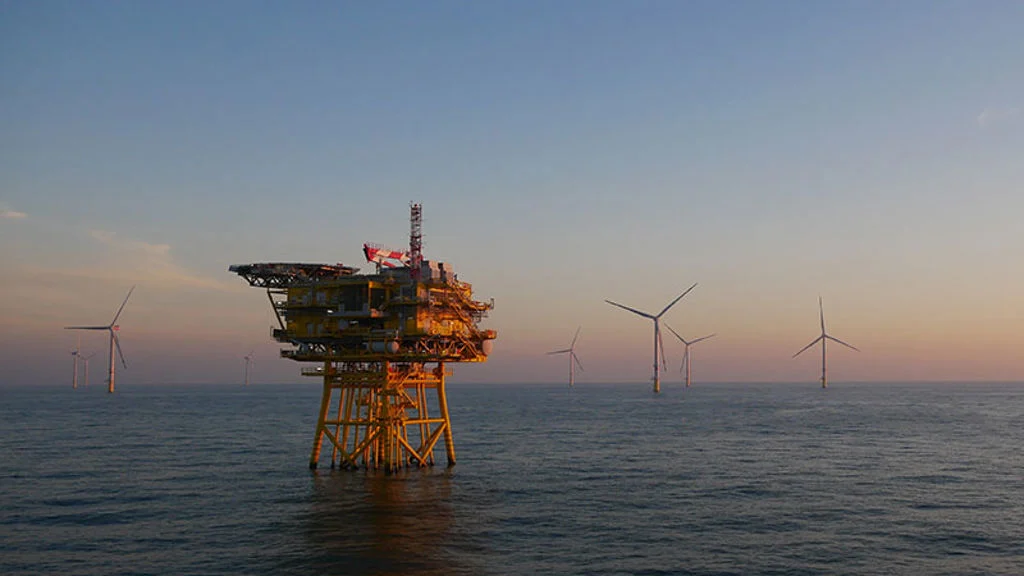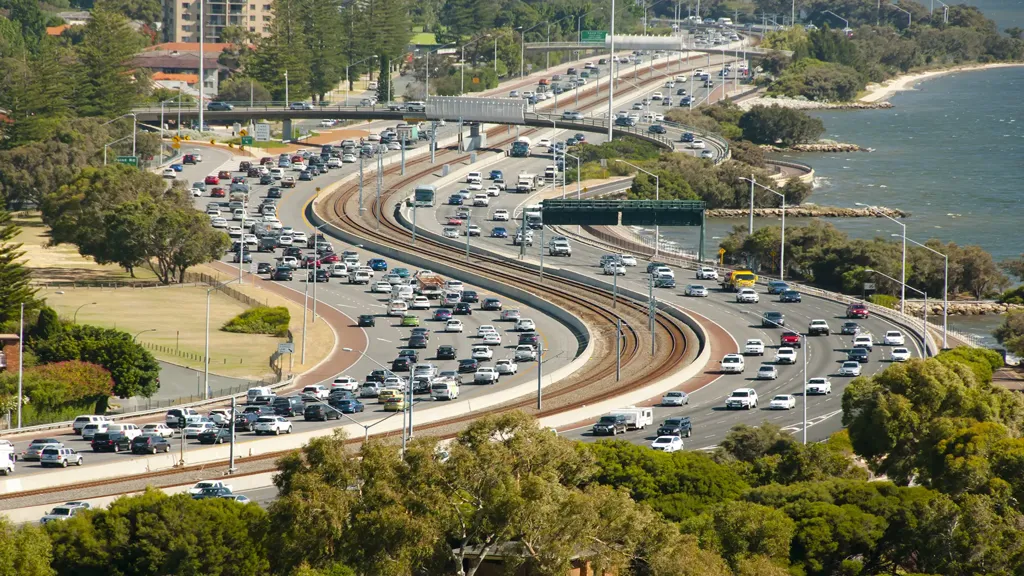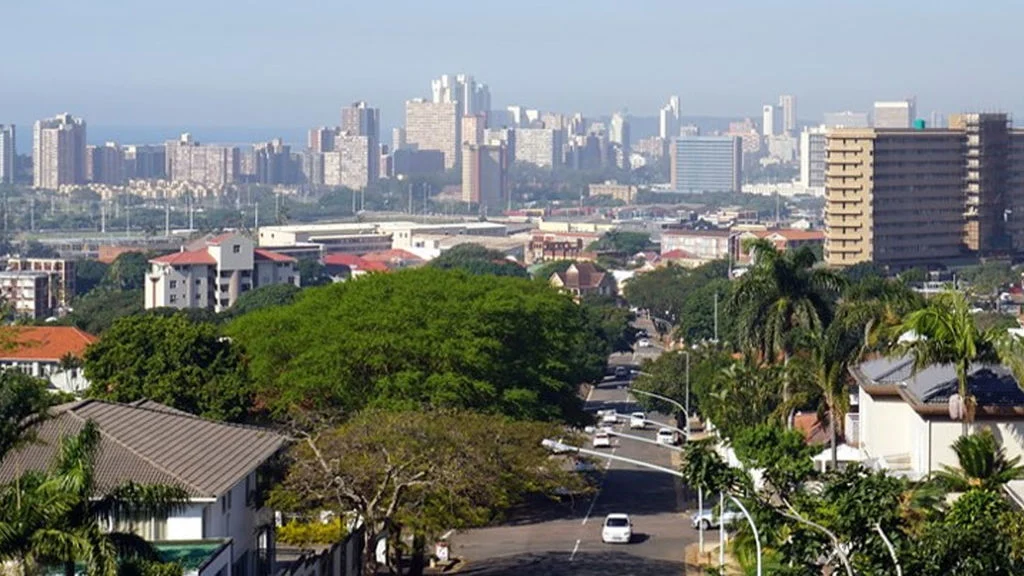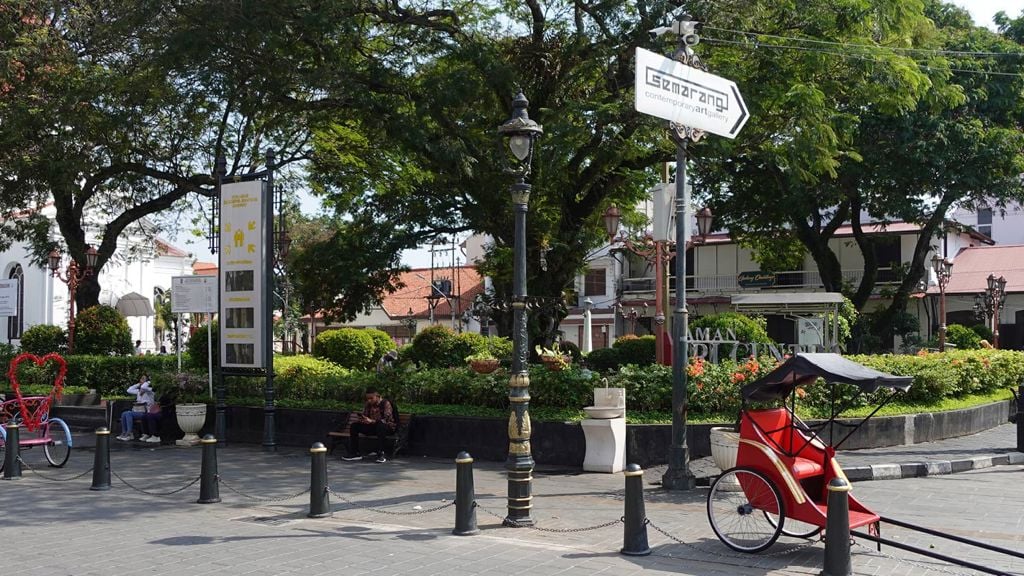Uncovering the carbon lifecycle of buildings
To achieve the study’s research aims, our team used a detailed model to analyse the whole life carbon of affordable housing in four key areas – two located within Johannesburg’s urban core and two situated on its outer boundaries. The model accommodated all stages of a building’s lifecycle, including material procurement, construction, operational use, maintenance, and end of life.
Gathering the data needed for this model proved to be challenging as publicly available data was limited. To address this gap, Divercity Urban Property Fund – a private property developer in South Africa – provided reference data from its portfolio of rental properties. We then validated this data using information gained from our extensive network of building experts in the region. The study’s approach was also tested through engagement with external stakeholders, such as city officials, academics, and urban development research institutions.
From the whole life carbon analysis of Johannesburg’s buildings, we identified that location plays an important role in their carbon impact. Across all the different building typologies that we assessed, we found that those in peripheral locations had a higher embodied carbon footprint. The peripheral buildings also had slightly higher operational carbon impacts owing to their larger unit sizes.
These results were consistent when looking at the construction and end of life stages of the city’s buildings. For these phases, the study revealed that peripheral buildings had higher carbon footprints due to their increased transportation distances.
Drawing on these findings, our study projected that the cumulative emissions gap between developing in the urban periphery, as opposed to building within the urban core, would be 224MtCO2e by 2050 – which is almost 10 times the annual total emissions of Johannesburg in 2016 (21 MtCO2e). As a result, our research not only shows that locating buildings in central urban areas will reduce their carbon intensity, but also sends a clear message that Johannesburg could be locked into a high carbon future if its current trend of urban sprawl continues.


